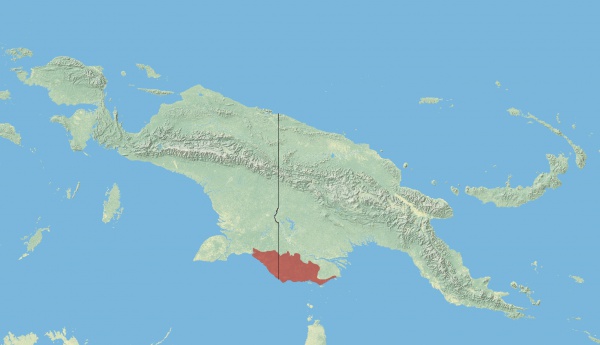Facts About Bronze quoll
The bronze quoll is a captivating marsupial native to the Trans-Fly savanna and grasslands of New Guinea and West Papua. This elusive species was first identified in the early 1970s when researchers collected five specimens. However, it wasn't until 1987 that Dr. Stephen Van Dyck from the Queensland Museum formally described the species.
Currently, only twelve bronze quoll specimens are housed in public museums. Eight of these were captured using traps, while the remaining four were acquired from local hunters. The bronze quoll is recognized as the largest surviving marsupial carnivore in New Guinea.
Despite its importance, our understanding of the bronze quoll remains limited. Initially, scientists speculated that it might be a distant population of the western quoll (Dasyurus geoffroii). As of February 2013, the population was estimated at fewer than 10,000 individuals, resulting in its classification as Near Threatened on the IUCN Red List.
This nocturnal predator prefers savanna woodlands but faces significant threats from domestic and feral dogs, as well as feral cats. For those interested in observing the bronze quoll in its natural habitat, the best locations to visit are Wasur National Park or the Tonda Wildlife Management Area.

 Indonesia
Indonesia